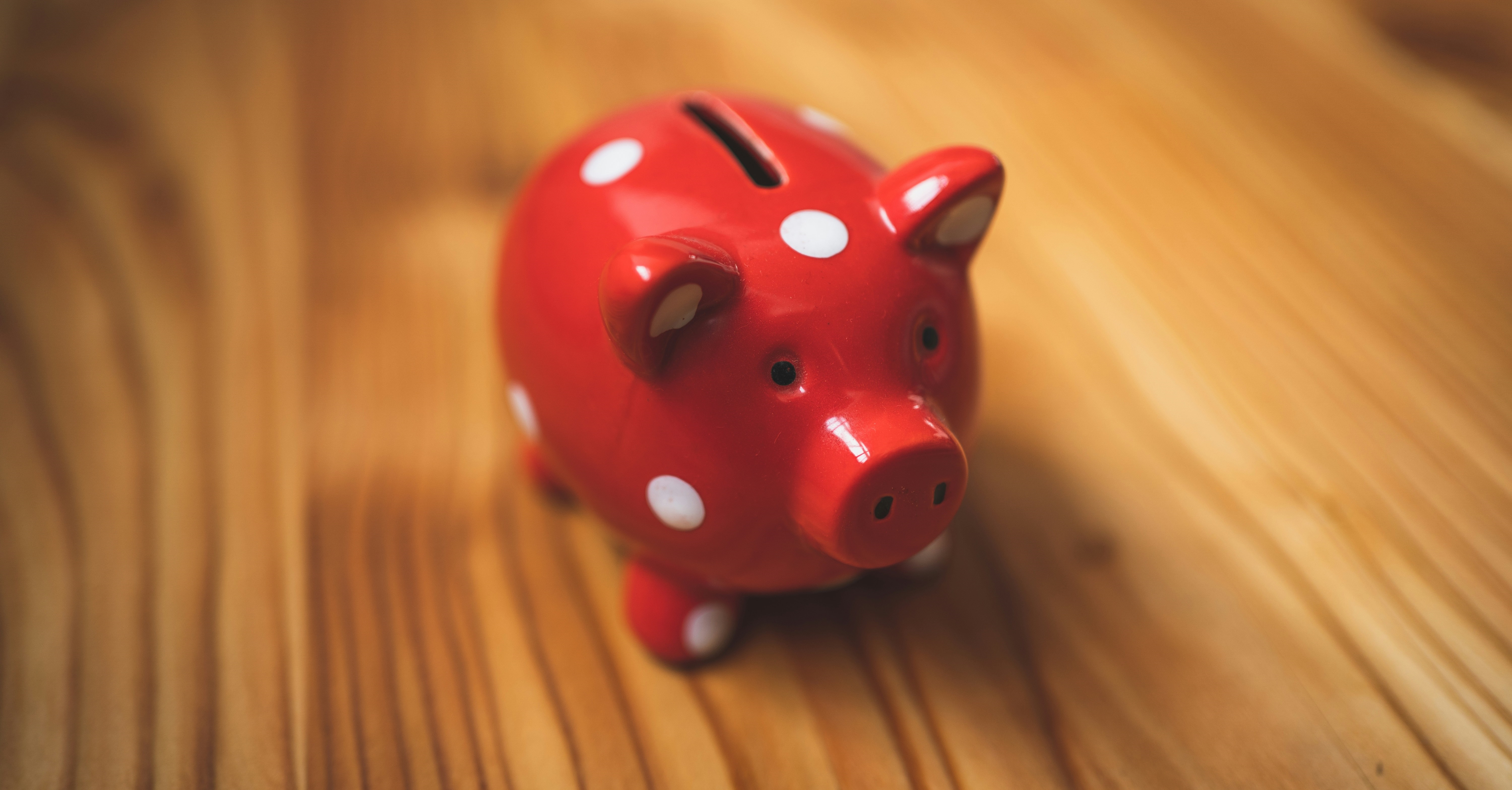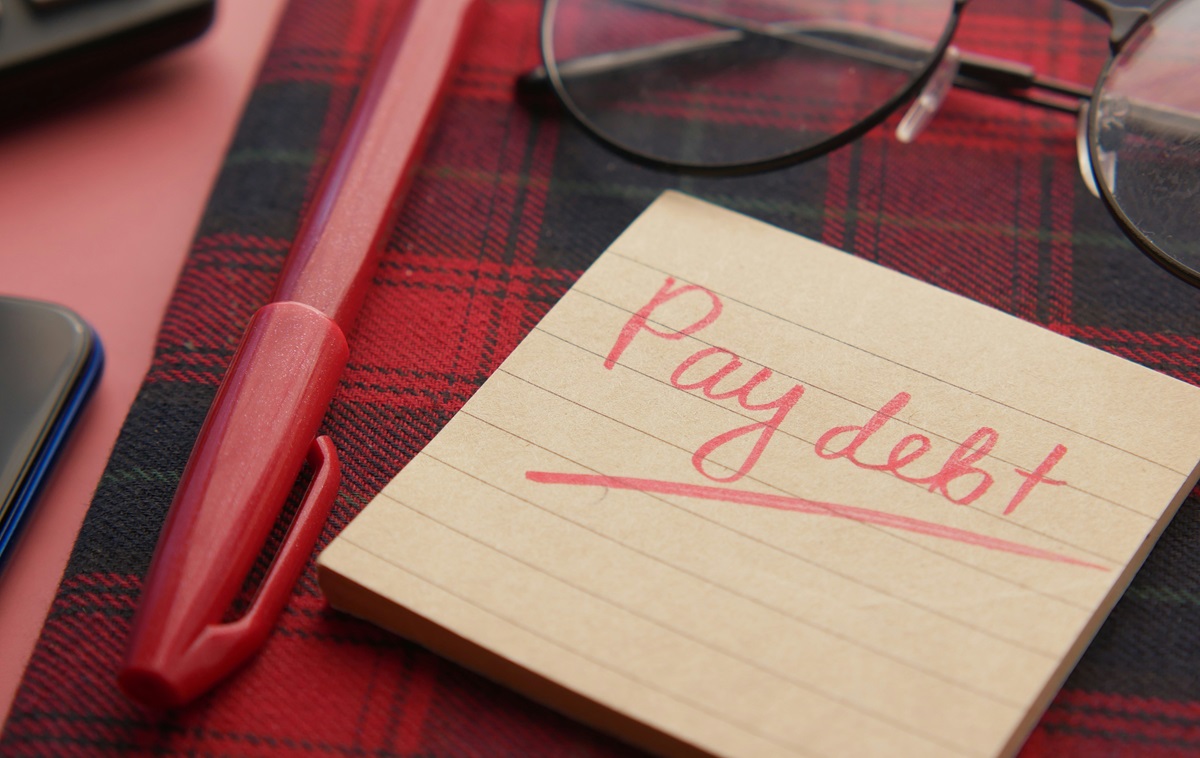So you've decided to start investing. But do you know where to start? We'll tell you.
First, know your goals. That helps you decide what goes into your portfolio. You can build a portfolio using a blend of stocks, bonds and funds, and all of them have a different advantage.
Are you trying to earn a certain amount in a short time? Maybe for a house, a car, a big vacation? If so, you should focus on preserving the money you have and hold lower risk assets. Fixed income instruments, like bonds, should make up a significant section of your portfolio.
If you're investing for a longer-term goal, like retirement, you can invest in riskier assets, like stocks. They may fluctuate in value, but they offer bigger returns in the long run.
When you start investing, focus on paying down your high-cost debt like credit cards. Then see how much money you can afford to invest a month after you factor in all your expenses. A regular payment buys a certain number of stocks, bonds or units of a fund each month--and that number changes depending on the prices of those products. Just remember, when prices fall, you can buy more. And those assets grow over time, increasing the value of your portfolio.









:quality(80)/cloudfront-us-east-1.images.arcpublishing.com/morningstar/EC7LK4HAG4BRKAYRRDWZ2NF3TY.jpg)











